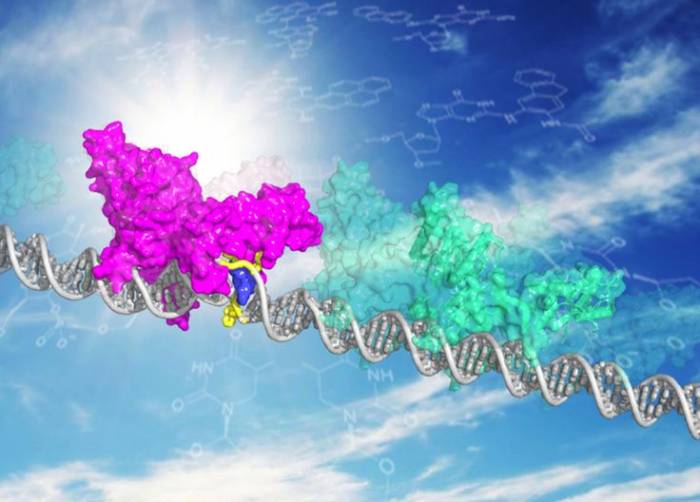Mutations which drastically increase the chances of someone developing acute myeloid leukaemia (AML) are measurable up to five years before it emerges, researchers from the University of Cambridge have shown.
They hope to use this window to test interventions to prevent the disease - which can materialise without warning and demand urgent life-saving treatment - from emerging at all.
They have also suggested that similar markers may exist for other types of leukaemia which cause nearly 5,000 deaths a year in the UK.
However, more work is needed before a screening programme for AML would be cost-effective and accurate enough to prevent people wrongly being told they are at risk.
"Acute myeloid leukaemia often appears very suddenly in patients, so we were surprised to discover that its origins are generally detectable more than five years before the disease develops,” said Dr Grace Collord, one of the lead authors of the study published in the journal Nature. “This provides proof-of-principle that it may be possible to develop tests to identify people at a high risk of developing AML”.
AML is a cancer of the white blood cells which affects more than 3,000 people every year and can cause death within weeks if left untreated.
Mutations in the blood cell production factories of the bone marrow cause the over production of neutrophils and monocytes, cells which engulf and break down parasites and bacteria.
This mass production leads to cells which are bloated and don’t function properly and means sufferers are vulnerable to infections as well as bruising and bleeding.
AML becomes more common with age and just one in five patients in England will survive for five years or more after their diagnosis. Survival rates are as low as five per cent in over 65s.
To test if it is possible to detect changes which lead up to such a rare condition the researchers used blood samples from 800 patients in the European Prospective Investigation into Cancer and Nutrition (EpiC) which launched in 1992.
In this group 124 of the participants developed AML.
By screening the samples for genes associated with the disease they were able to demonstrate that the more mutations were present, particularly at early ages, the higher the risk of AML emerging.
This was particularly true of mutations in so-called “splicing factor” genes which in people who went on to develop AML were apparent at an average age of 60.3 compared to 77.3 in those who did not get AML.
Dr George Vassilou, one of the researchers who led the project and a consultant haematologist at Cambridge University Hospitals NHS Trust, said: “We hope to build on these findings to develop robust screening tests for identifying those at risk and drive research into how to prevent or stall progression towards AML.
“Our aspiration is that one day AML prevention would provide a compelling alternative to treatment."
The Independent
More about: Leukaemia
















































